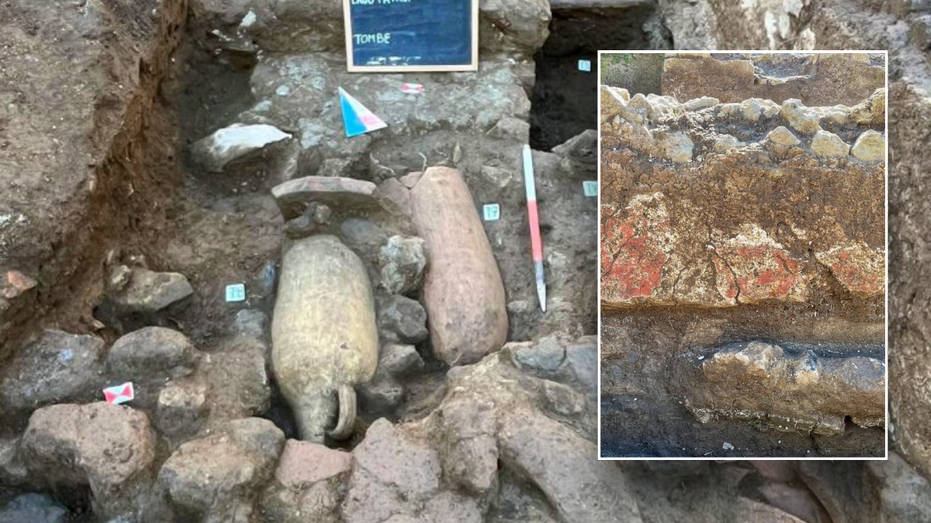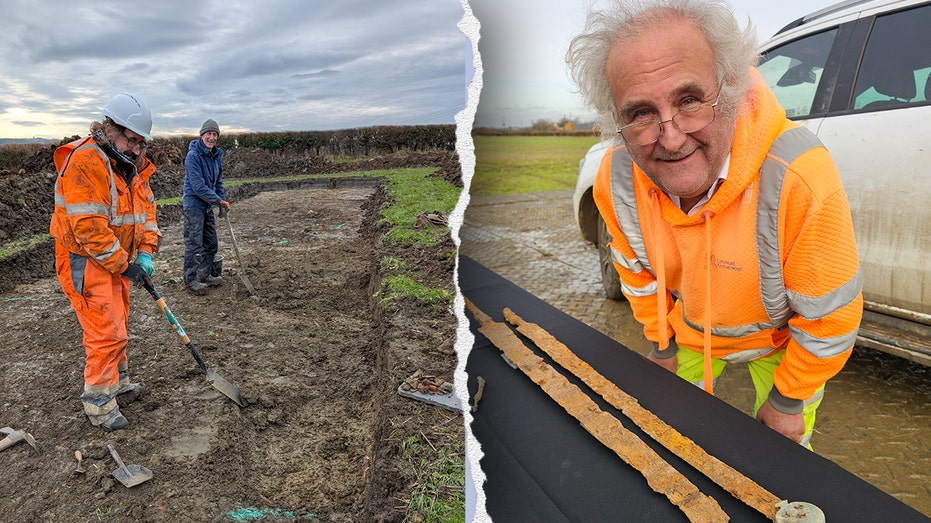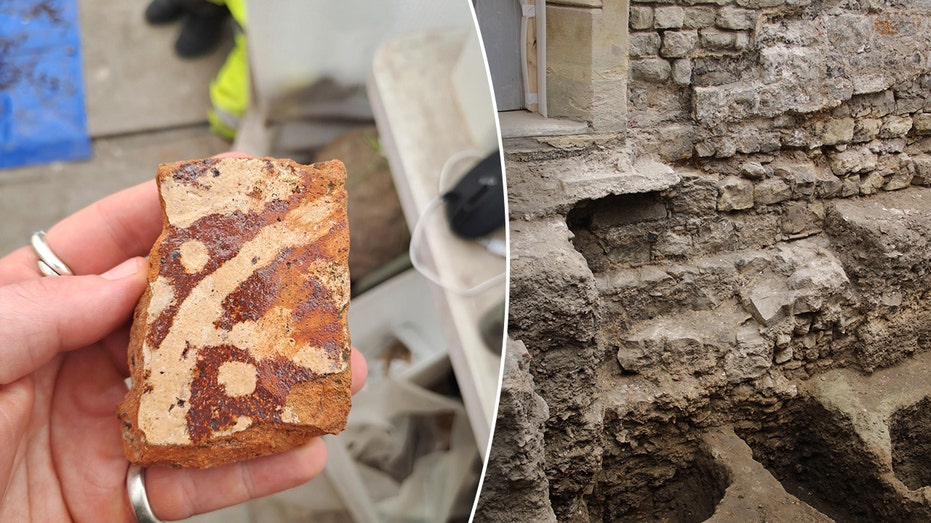Ancient Tomb Unveils Gladiator’s Legacy in Roman Necropolis Discovery

Sarah Johnson
April 3, 2025
Brief
Archaeologists have discovered a Roman necropolis near Giugliano, Italy, featuring a rare gladiator’s tomb and inscription, revealing insights into ancient burial practices and society.
The dusty echoes of Roman history are singing again. Archaeologists in Italy have unearthed a necropolis near Giugliano in Campania, and among its treasures lies a tomb bearing the epitaph of a gladiator—a discovery that’s bound to spark excitement among history buffs and gladiator fans alike.
Announced on March 21 by the Archaeology, Fine Arts and Landscape (ABAP) Superintendence for the Metropolitan Area of Naples, the site reveals the burial practices of the ancient town of Liternum, an enduring settlement that hosted the necropolis from the first century B.C. to the third century A.D.
Italian officials point to two funerary enclosures, their walls still clinging to fragments of plaster. One enclosure even boasts a quadrangular mausoleum surrounded by niches that once held cinerary urns. If you’re picturing a scene straight out of a historical drama, you’re not far off.
The archaeologists also uncovered "grave goods"—coins, lamps, and small vases—which helped them piece together the timeline of the necropolis’ construction phases. These finds add valuable context to the daily lives, rituals, and social structures of the communities that called Liternum home.
Among the standout discoveries is an intact marble funerary inscription dedicated to a gladiator. This epitaph offers a rare glimpse into the role these iconic fighters played in Roman society, beyond the arena’s blood-soaked sands.
Mariano Nuzzo, ABAP superintendent, called recent archaeological efforts in the area "particularly fruitful." The necropolis, thanks to its well-preserved structures, provides critical insights into the colony’s settlement patterns and the historical landscape. Notably, researchers hope to uncover new information about the ancient Via Domitiana, the likely route along which these burials were placed.
This find joins a growing list of Roman discoveries making headlines in recent months. From a 1,600-year-old Jewish bath in Lazio to a Roman road in London, it seems ancient Rome keeps reminding us why it was a civilization that truly knew how to leave a legacy.
As we marvel at the gladiator’s epitaph, it’s hard not to imagine his journey—from the roar of the Colosseum to eternal rest in Liternum. While the necropolis offers answers, it also whispers questions about the lives and deaths of those who shaped history.
Topics
Editor's Comments
This gladiator epitaph is like finding a backstage pass to ancient Roman society. Gladiators might have been the rock stars of their time, but this discovery also reminds us they were human beings with stories worth telling. Makes you wonder—what was his name, and how did he end up immortalized in marble?
Like this article? Share it with your friends!
If you find this article interesting, feel free to share it with your friends!
Thank you for your support! Sharing is the greatest encouragement for us.



